I’m just going to state the obvious: movement is so very important for kids. Anyone who’s ever been around a child for more than ten minutes should know that. However, many of our usual strategies for incorporating movement in music class will not work in our new teaching situations. If you are teaching in-person, no-touch movement activities are vital. But whether socially distant in a classroom or teaching via distance learning, movement is still possible; it will just look different this year.
But first, find a bubble.
Before any of these movement activities, my students get into bubble spaces (far enough that they won’t bump into anyone or anything). This year, we won’t need transition time to find a bubble space, since they’ll need to be in those spaces for the entire class period. Lots of teachers with carpeted rooms are all about Sit Spots, myself included. Each student has their own spot, spread out throughout the room, by color, number, rows, or symbols. However other options include rubber spot markers, or simple vinyl decals on the floor, if you do not have carpet.
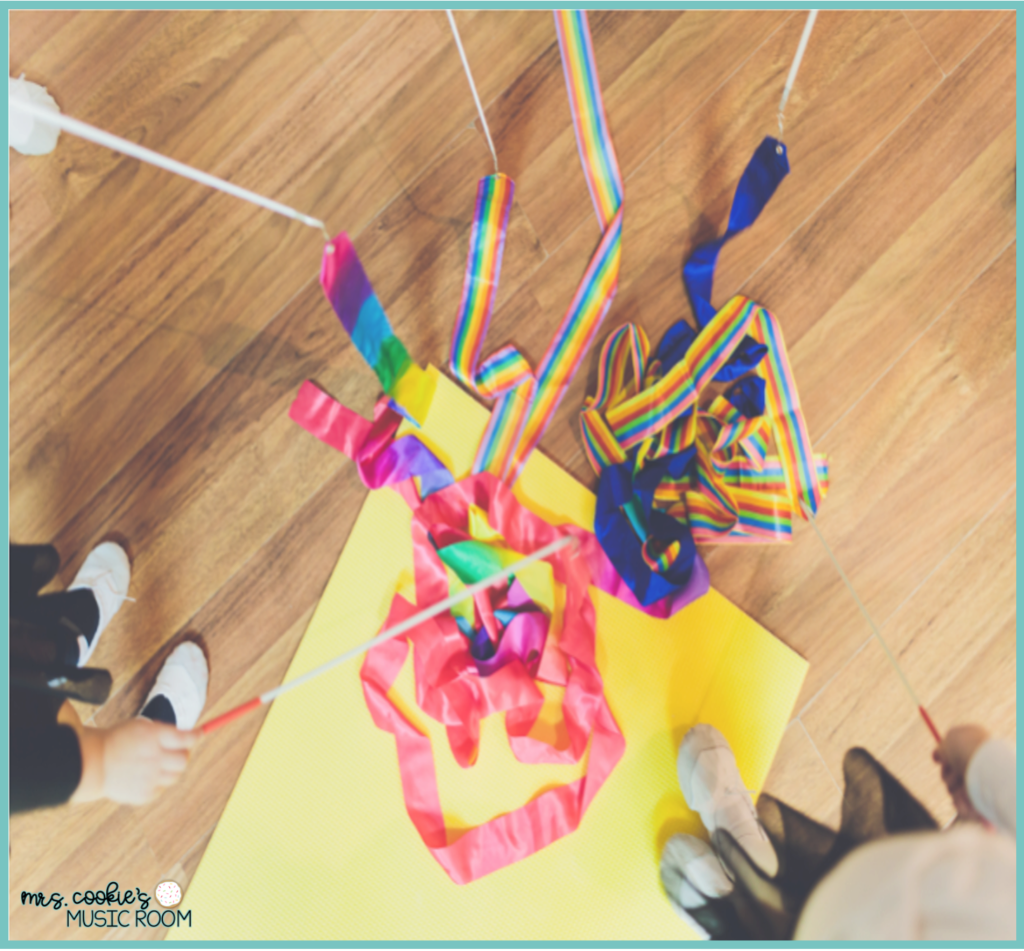
1. Using No-Touch Movement Props
My guess is that most music teachers use ribbon wands or scarves with listening examples, and this can still be possible, 2020 style. If you are in class and need to do no-touch movement, use a piece of ribbon, tulle, or other fabric for each student. One idea is to have a bag of materials for each student, so that kids do not share. Ribbon or discount fabric is a more affordable way to make individual movement props. If you can only acquire a class set, throw them in a delicates bag and put them in the wash between uses.
Another way to use movement props would be to die cut shapes out of foam. Dollar Tree has seasonal die cute shapes, though they are much more delicate (they tear constantly). Instead, I use the foam from Dollar Tree or Michaels, and cut on the Ellison machine at school, or with my Cricut at home. I’ve used die cut foam leaves in the fall snowflakes in the winter, and butterflies in the spring. Kids LOVE the fun seasonal options, and foam is more affordable and easy to clean.
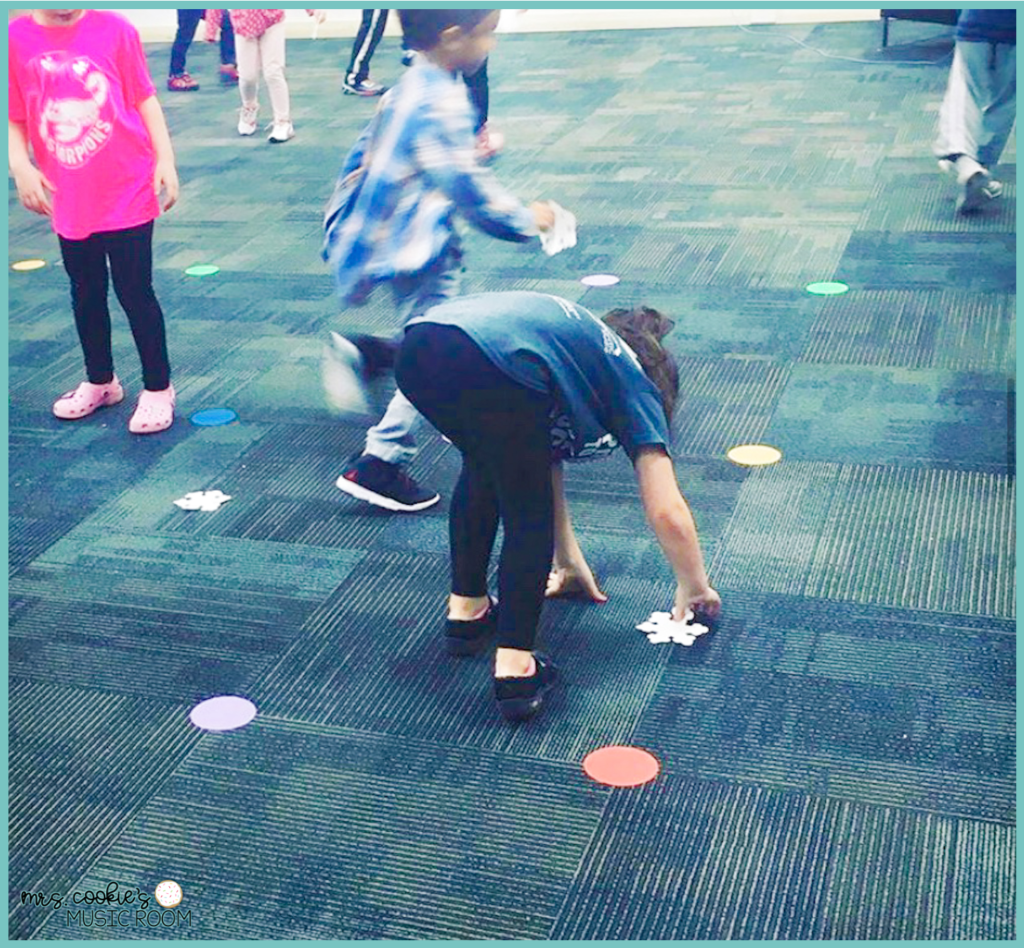
Distance Learning Modifications
If you are teaching online, kids can find a piece of ribbon, string, or yarn, or a scarf or other piece of fabric. I tell my kids that they can use whatever they have that works in their space. I applaud the resourcefulness of students who are tuning in from day care, and find something to use for the activity.
2. Following the Music
One of the classics that you probably do with your students is The Copycat Game. This steady beat game is great for no-touch movement. I first used this activity during student teaching, thanks to my cooperating teacher, but I’m not sure whom to credit for this awesomeness. To practice steady beat, students copy the leader’s motions to the music. The leader switches the motions approximately every 16 beats, and the kids follow their lead. As you play this game more and more with your classes, you’ll find students who can independently find the steady beat, and put them in charge for a couple of rounds. This straightforward game is one that kids will ask for again and again.
Another simple way of incorporating no-touch movement would be to have students respond to music comparatives they hear. For example, when learning about fast and slow tempos, I take out a tubano drum and play a fast steady beat. Students run in place to the beat when the tempo is fast, and they switch to moving in “slow motion” for slow tempos. Up on your tiptoes for high, down on the ground for low. Tiptoe for quiet, and stop for loud. These moves are so easy to change based on the concept, and they’re fun for the kids.
3. Music and Movement Cards
Four years into teaching, I realized that I was not giving students enough opportunities to move to various types of music. It was my first year teaching a self-contained Special Needs class, and they needed more creative movement time. However, many of the students were just learning English, and they needed visuals to help with understanding. That’s when I first created Music and Movement Cards.
How to Play
Each card has an image and movement to inspire the students. In the past, I printed the cards on cardstock, but you can also project them on your whiteboard. We would put on some music, and I’d show one card for about 15 seconds while they move like it shows. Then, we switch to a new card and movement. The students have fun getting creative with their steady beat movements, and it’s a simple activity to leave in your sub tub. I do these cards with my preK-2nd grade classes for the first couple of classes each year, so that they know what to do if a sub uses them. Read more about these cards and other things I have in my sub tub here.
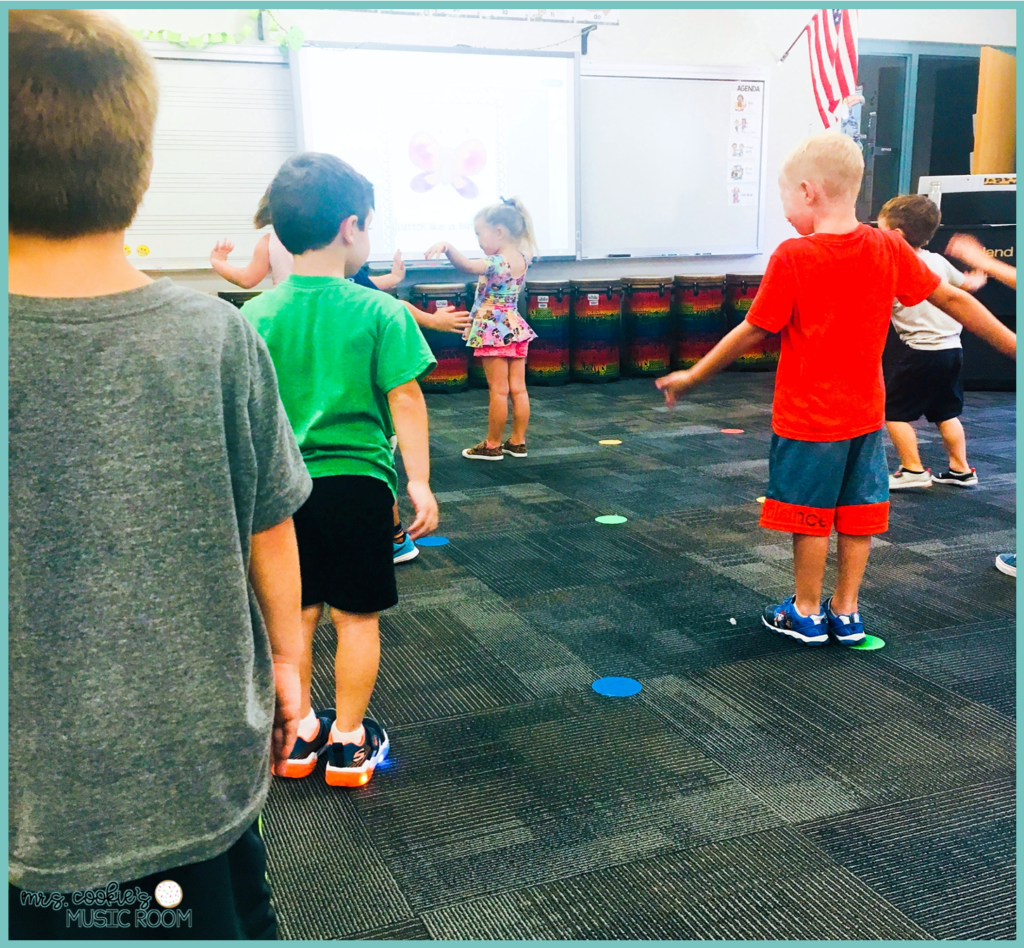
Throughout the year, we do Music and Movement Cards many times, but the kids never tire of them. Why? Because we change the theme all the time. One day, we use the regular cards, another day, we use the fall or Thanksgiving cards. We can do pirate movement or do movements for Mexico when we’re learning about Mexican music. And of course whenever we change the theme of the cards, the music changes as well. Halloween cards? Let’s put on Monster Mash or In the Hall of the Mountain King. Australia cards? Bring on Waltzing Matilda! Kids love the variety, and it is so good for them to be exposed to different types of music.
Distance Learning Modifications
In the spring, I wanted my younger students to have a bit of normalcy, even if their music lessons were now asynchronous online. A way to incorporate Music and Movement Cards for distance learning is to turn them into a video file. Click here to see my Instagram highlights tutorial to create your own Music and Movement video. Share the video with students on Google Classroom, on a blank video slide on Quaver, or as a link to an unlisted YouTube video. When we return to the classroom, you can still use the videos in class, or cue them up for a sub.
I hope that these activities can help you keep your students engaged this year, regardless of where you teach from. And if there is another activity that you usually love doing, there’s always modification. If you’re not sure how to alter something, why not include the class in the process? You might be surprised by what they come up with! Children are very resilient and creative, and I am constantly amazed with what they can do. We’ll get through this, friends. Together, we can do this.
Happy Teaching!


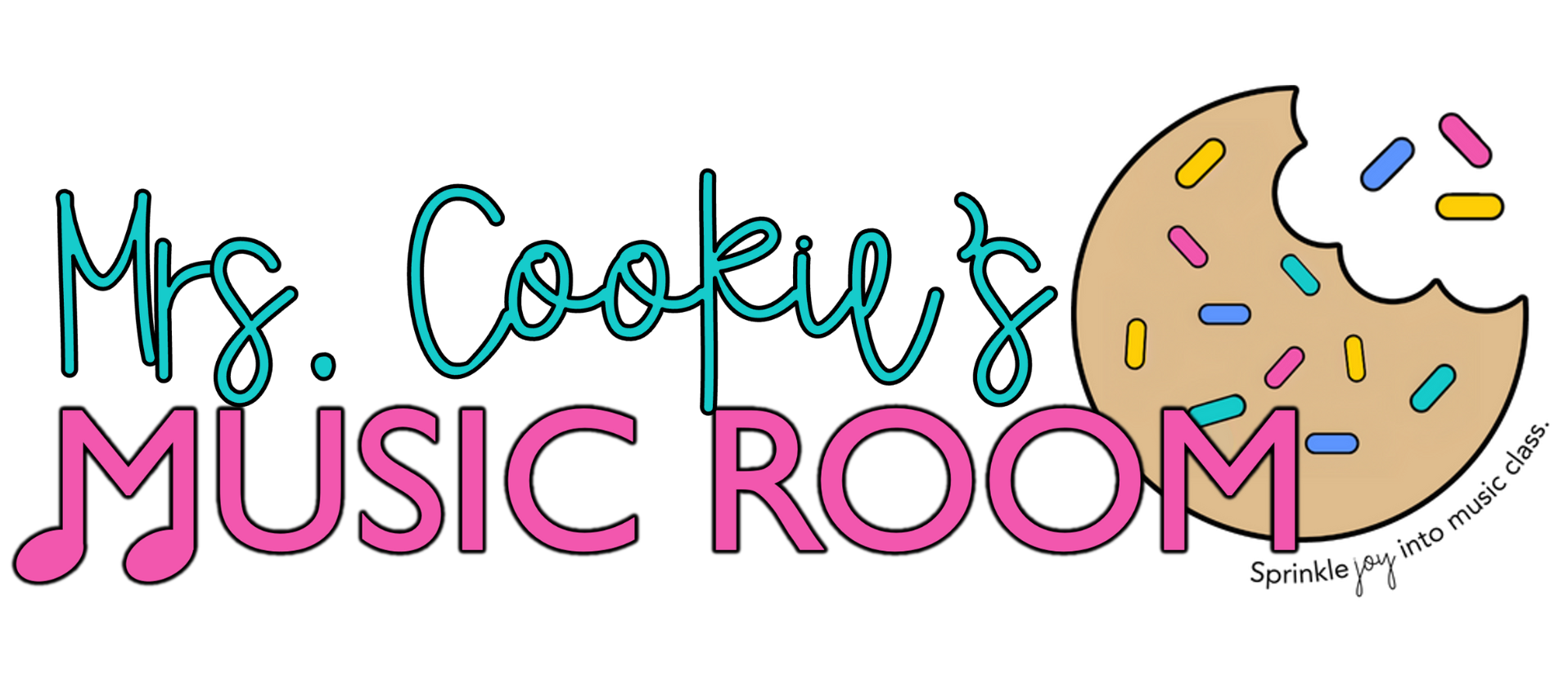

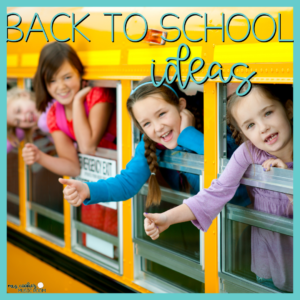

2 Comments
This was SO helpful! Thank you so much for giving us this wonderful resource! I’m interested in your Music and Movements Cards. Do you happen to have a list of songs that you use for each set of cards? I know you mentioned Monster Mash/In the Hall of the Mountain King/Waltzing Matilda but I was wondering if you had more ideas for each set of seasonal cards. I want to make a playlist for each season if possible. Thank you!!!
Oh I’m so glad you found this post helpful, Maribel! Some of my Music and Movement Cards sets come with suggested song lists, but I’ll start working on lists for the rest of them. Would Spotify playlists work? Or YouTube?